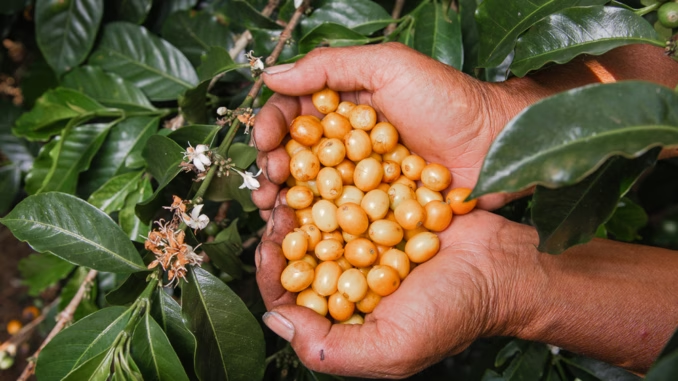
From biodynamic cultivation in Junín to farm revitalization in Cajamarca, we explore the initiatives ensuring the long-term viability of Peruvian coffee.
BY NORKA PERALTA LIÑÁN
BARISTA MAGAZINE ONLINE
Featured image courtesy of Plataforma Multiactor del Café de Cajamarca
Making up 22% of the world’s certified-organic coffee-growing area, Peru stands as the second-largest global producer and exporter of certified-organic beans, just behind Ethiopia. While Peruvian coffee is navigating a number of challenges—including rising CO2 levels and other climate-related issues—the South American country’s coffee industry is also undergoing a significant transformation, with several initiatives pushing for sustainable practices and the long-term viability of the crop.
Today, we’ll explore some of those initiatives happening in Peruvian cities Junín and Cajamarca, and hear from some of the coffee professionals pioneering the next generation of Peruvian coffee.
Biodynamic Agriculture at Chacra D’Dago
Located in Junín, a city in central Peru, is Chacra D’Dago: a farm pioneering biodynamic agriculture for specialty coffee within the region.
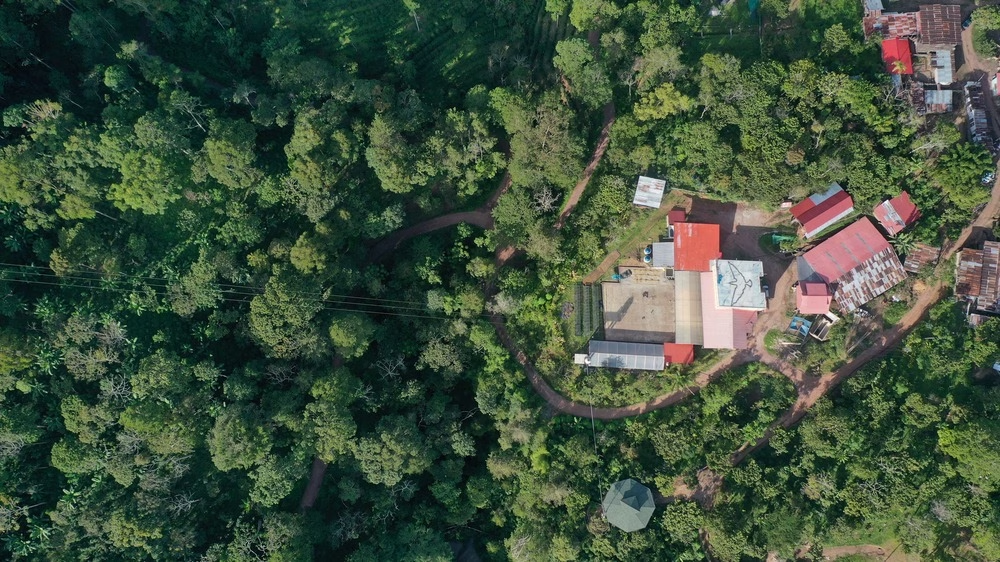
At Chacra D’Dago, lunar cycles guide farming practices, natural compost nourishes the soil, and biodiversity is actively encouraged. No pesticides, herbicides, or chemical fertilizers are used; instead, a living, balanced soil makes plants naturally resistant to pests and diseases.
The farm isn’t just about coffee—it also integrates fruit trees, herbs, medicinal plants, and livestock, creating a sustainable ecosystem and fostering self-sufficiency for the family and workers of the farm. Their regenerative model has garnered global attention, with the farm being a finalist in the Specialty Coffee Association (SCA)’s 2025 Sustainability Awards in the Non-Profit Organizations category, alongside competitors like Black Baza Coffee Co., AlGrano, Fazenda Três Meninas, and Mountain Harvest Uganda.
“My father embraced biodynamic farming 20 years ago. While it seemed slow to many, we now have a thriving farm, regenerating soils and producing 70 tons of compost annually. We’re sharing this model with other producers,” says César Marín, son of Chacra D’Dago’s founder, Dagoberto Marín. This approach has helped them restore tropical ecosystems, enhance soil fertility through livestock, and create a natural balance where insects and birds act as biological pest controls.
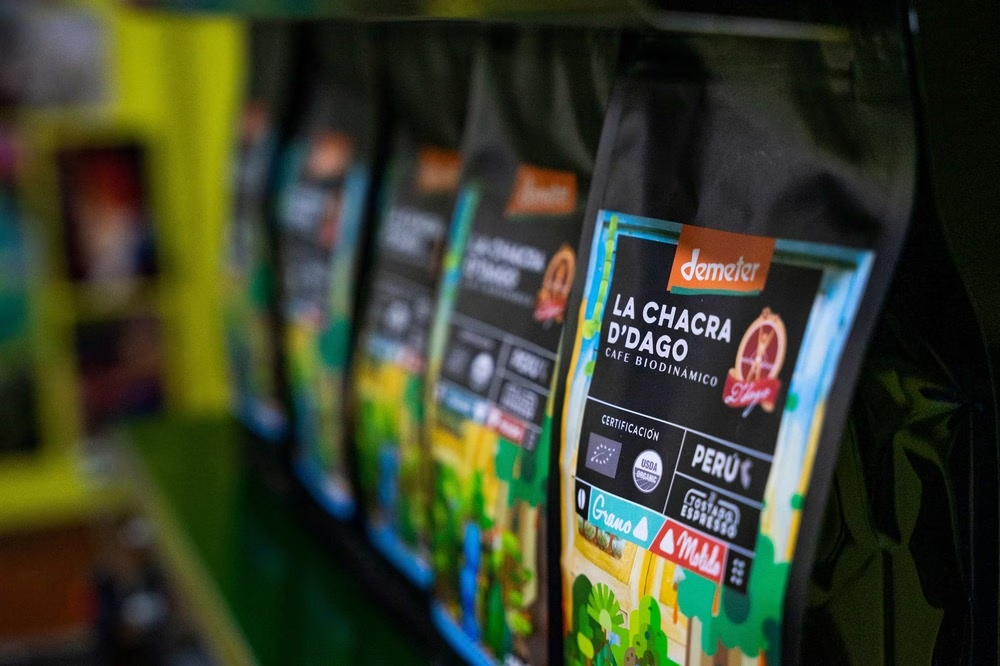
In 2009, Chacra D’Dago earned Demeter certification, the gold standard for biodynamic products, boosting international demand for their coffees. Today, the project spans around 120 acres of land and works with 70 producers, supplying buyers in France, Denmark, Switzerland, the U.S., the U.K., and Chile, as well as organic shops in Peru. Their sustainability commitment also includes a wastewater treatment system to prevent pollution of streams and rivers.
Farm Renewal for the Future
In Cajamarca, a region located in Northern Peru, initiatives are transforming coffee farming for greater sustainability. Over the past three years, the Plataforma Multiactor del Café de Cajamarca (PMACC), in partnership with the Rikolto NGO and with funding from the Belgian government and JDE Peet’s, has worked with 300 producers to measure coffee farming’s environmental footprint—a key step toward carbon-neutral coffee production.
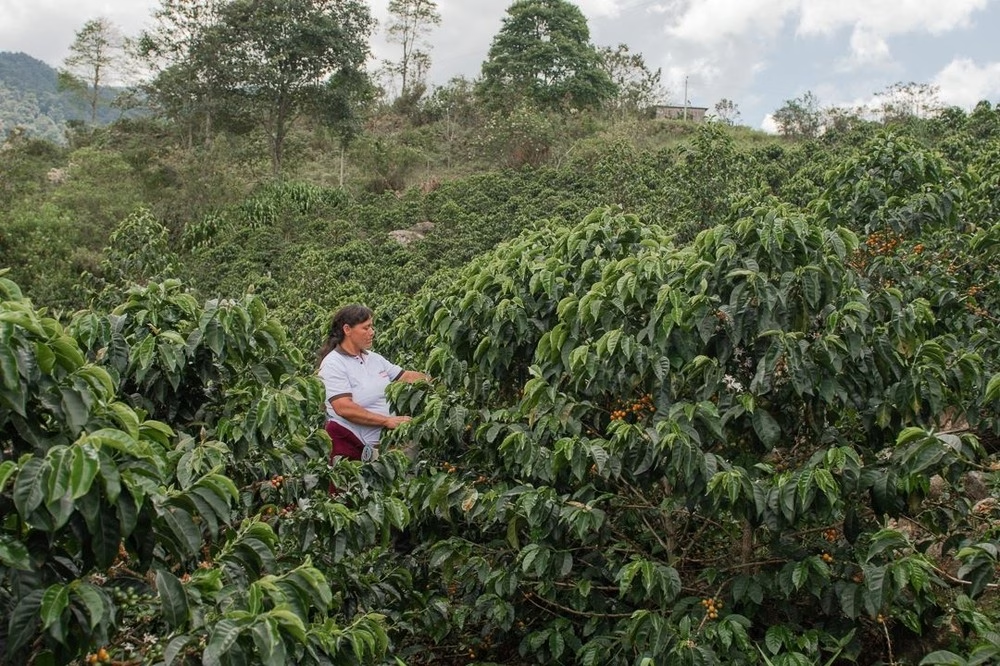
One major finding the initiative has come across is that the washed milling process, or wet process, has the biggest environmental impact. Coffee pulping uses a lot of water and creates pulp waste, which releases methane and CO2 as it decomposes. To lessen this impact, the initiative has promoted pulp reuse as organic fertilizer and the treatment of honey water through filtration pits—strategies now adopted by other regional producers.
Currently, PMACC’s sustainability project is renovating over 1,400 acres of coffee farms with high-purity genetic varieties and verified seeds, benefiting 2,700 producers. This effort replaces aging varieties that have lost vigor and resistance to pests and diseases like coffee leaf rust, ensuring long-term production sustainability.
“Climate change, droughts, and labor shortages are real challenges. To tackle them, coffee farmers must make strategic decisions, starting with the plants that will be their companions for the next 15 years,“ says Armando Inga, agronomist and PMACC facilitator.
Additionally, implementing agroforestry systems, where coffee grows under shade alongside species that enrich the soil with organic matter and nitrogen, will be vital for climate change adaptation.
Empowering the Next Generation of Peruvian Coffee
In light of present-day challenges, one thing becomes clear: Generational transition is crucial for Peruvian coffee’s future—and the future of coffee as a whole. “Engaging young producers in the value chain is essential for the sector’s continuity and evolution,” says coffee value chain specialist, Jesús Damiano.
One group initiating this generational transition is the Cooperativa de Jóvenes de Pangoa in Junín, which has received co-funding from Rabobank to strengthen young people’s active participation in the coffee industry. This initiative aims to train the next generation in Peruvian coffee and offer them opportunities within the sector.
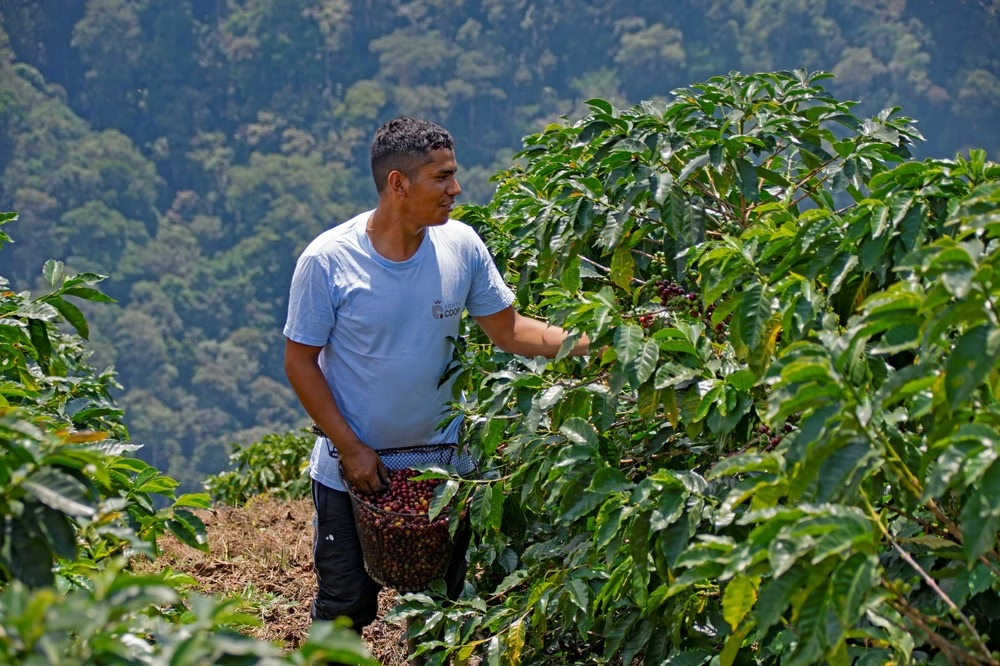
Jesús also brings up that a pressing challenge in coffee-producing areas is conserving natural resources, like water and soil, while preventing uncontrolled agricultural expansion. In response, the Cooperativa de Jóvenes de Pangoa has implemented strategies to boost productivity without expanding cultivation areas, preventing deforestation and promoting sustainable farming practices.
A commitment to sustainability also means complying with key environmental regulations, like the EU’s new anti-deforestation framework, which takes effect on December 30, 2025. Currently, 90% of the Cooperativa de Jóvenes de Pangoa’s producers have geo-referenced their farms, ensuring they haven’t deforested since 2020. This guarantees their access to international markets and aligns their production with global sustainability standards.
Peruvian Coffee: A Symbol of Resilience
These initiatives in Junín and Cajamarca show that Peruvian coffee farming is moving toward a more sustainable model, where soil regeneration, environmental footprint reduction, and engaging new generations are key. Amidst global warming, Peruvian coffee farmers are adopting practices that not only ensure productivity but also protect ecosystems and strengthen the sector’s resilience.
ABOUT THE AUTHOR
Norka Peralta Liñán is a journalist with more than 20 years of experience in mass media in Peru, with a special focus on coffee production, gender, and agricultural sustainability. She studied barista skills and coffee cupping to write with expertise on the subject. She is also a freelance coffee writer for Peruvian newspaper El Comercio and the founding editor of Cafelab.pe, a website she launched in 2017 to promote domestic coffee consumption.
Subscribe and More!
As always, you can read Barista Magazine in paper or digital format. Subscribe here to get your own hardcopy of each issue delivered. Read the February + March 2025 issue for free with our digital edition.
And for more than three years’ worth of issues, visit our digital edition archives here.



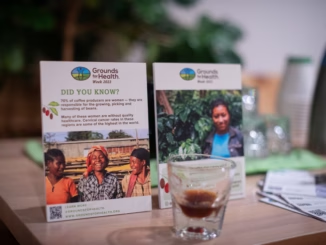

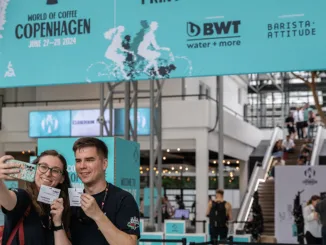
Be the first to comment